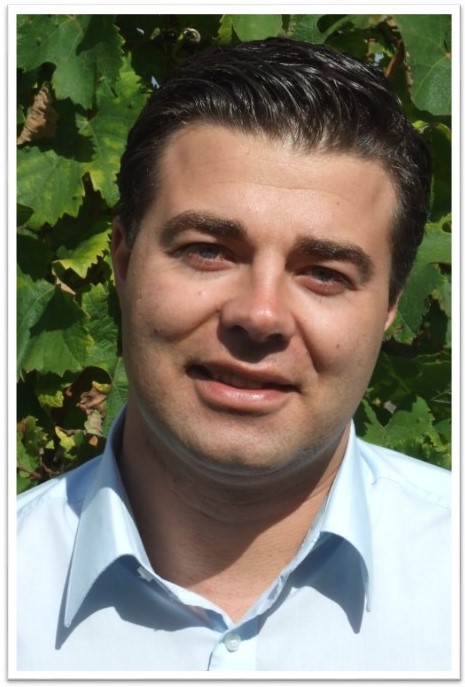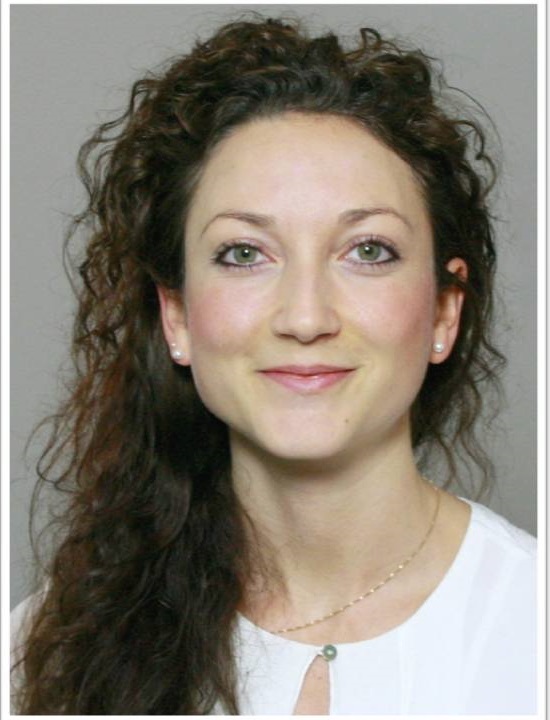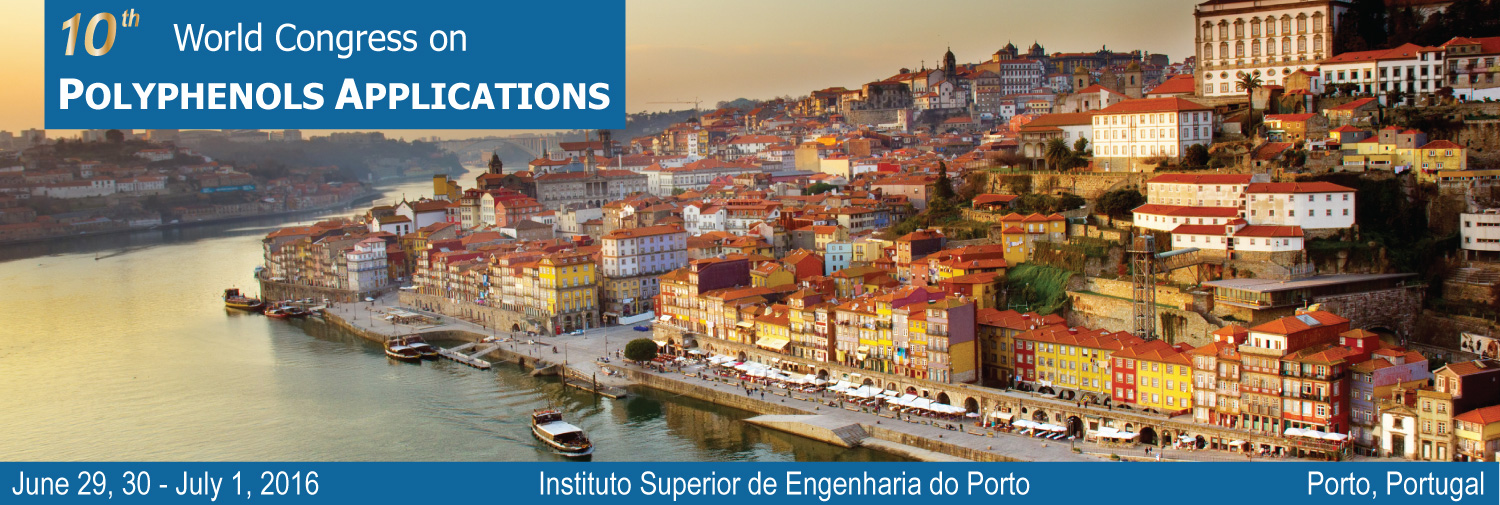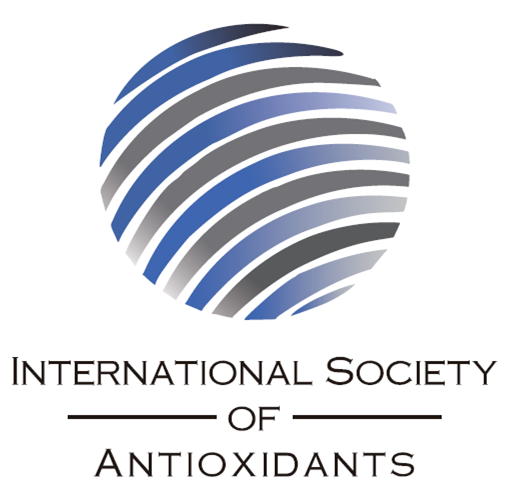News
During the Symposium of Malta Polyphenols World Congress 2015, Mrs Gras will give a talk about separation for analysis of Anthocyanins by two different methods from different black carrot
 Mrs. Gras from the Hohenheim University, will give a talk on June 3 during the symposium on Natural Pigments & Colorants 2015, about Comparison of HPLC and UPLC separation for analysis of anthocyanins from different black carrot varieties (Daucus Carota ssp. Sativus var. Atrorubens Alef).
Mrs. Gras from the Hohenheim University, will give a talk on June 3 during the symposium on Natural Pigments & Colorants 2015, about Comparison of HPLC and UPLC separation for analysis of anthocyanins from different black carrot varieties (Daucus Carota ssp. Sativus var. Atrorubens Alef).
"Anthocyanins from black carrot (Daucus carota ssp. sativus var. atrorubens Alef.) are natural phenolic pigments widely used for coloring beverages, fruit preparations and confectionary, resulting in a bright red shade at low pH values. They are extraordinarily stable against light and heat exposition due to a high proportion of acylated anthocyanins, which are stabilized via intramolecular co-pigmentation. In the present talk, an ultrasound assisted anthocyanin extraction, their identification and quantitation on a common HPLC-PDA equipped with a C18 core-shell column and modern UPLC-PDA system using a C18 sub-2 µm column were applied and validated. Applying an optimized UPLC separation, differences in the anthocyanin levels in different black carrot varieties will be presented."
To know more about Malta Polyphenols World Congress 2015, please click here.
During Malta Polyphenols World Congress 2015, Dr Buchweitz will talk about Stabilisation of anthocyanins and anthocyanin–metal chelates with pectins for their application as red and blue food colourants

Dr. Buchweitz will give a talk during Polyphenols World Congres 2015 held in Malta on June 3-5, about the stabilisation of metal chelats with pectins for use as food dyes.
During the Symposium on Natural Pigments & Colorants, Pr Durner will give a talk on Formation of anthocyanin-derived in red wine and their contribution to colour, mouth-feel, and astringency perception.

Pr Durner will present anthocyanin pigments formation and role in colour, mouth-feel and astringency of red wine, during the symposium on food & beverages applications at Malta Polyphenols World Congress 2015.
“Key quality parameters of red wines are colour, mouth-feel, and astringency perception. All three are, more or less, driven by polyphenolic compounds originating from grape tissues or wooden barrels. Due to their high reactivity, most of the polyphenolic molecules, including flavanols, anthocyanins, and ellagitannins, undergo reactions with other phenolic moieties or wine constituents during vinification process and red wine aging. Resulting polymeric pigments and anthocyanin derivatives are crucial for the colour stability of red wines. Polymeric pigments in red wines reveal higher colour stability with an increasing molecular weight. Acetaldehyde-linked flavanol-anthocyanin adducts tend to exhibit purple colour with an increasing number of interflavanoid bridges. Besides molecule size, colouring properties are also determined by the number of anthocyanins incorporated in polymeric pigments. A high degree of anthocyanins moieties in tannic structures guarantees high intensity in red colour. Recent studies address anthocyanin molecules incorporated in polymeric pigments being also responsible for a balanced mouth-feel and less unripe astringency perception. From the perspective of a winemaker, the targeted production of these, positively associated, pigments is essential to produce red wines of high quality. The talk will include enological practises to improve and stabilise red wine colour such as barrel aging, micro-oxygenation, and the use enological tannins and oak chips.”
To know more about Malta Polyphenols World Congress 2015, please click here.
During Malta Polyphenols World Congress 2015, Johanna Brauch will give a talk about chemical composition and color stability of the anthocyanin-rich superfruit
 Johanna Brauch will give a talk during Polyphenols World Congres 2015 held in Malta on June 3-5, about maqui berries - chemical composition and color stability of the anthocyanin-rich superfruit.
Johanna Brauch will give a talk during Polyphenols World Congres 2015 held in Malta on June 3-5, about maqui berries - chemical composition and color stability of the anthocyanin-rich superfruit.
"Maqui (Aristotelia chilensins (Mol.) Stuntz) is an evergreen shrub originated from South America that yields small edible purple-black berries. Due to their outstandingly high anthocyanin concentration being correlated with high antioxidant activities, the interest in the berries as a healthy coloring foodstuff or additive has significantly increased. However, the fruits were often presumed to be classified as novel food, even though their consumption in Europe is well documented since the end of the 19th century. According to these reports, berries were consumed fresh, as juice or jams, but mostly applied for coloring wine"
To know more about Malta Polyphenols World Congress 2015: www.polyphenols-site.com
Dr Vassallo will present a talk on the use of polyphenolic compounds as novel protective agents in neurodegenerative diseases, during the Malta Polyphenols World Congress 2015
 During Malta Polypenols World Congress 2015, happening between June 3-5 at St Julian's, Dr. Vassallo will give a talk on the use of polyphenolic compounds as a novel strategy for protecting neuronal cells from lipid membrane damage.
During Malta Polypenols World Congress 2015, happening between June 3-5 at St Julian's, Dr. Vassallo will give a talk on the use of polyphenolic compounds as a novel strategy for protecting neuronal cells from lipid membrane damage.
"Neurodegenerative disorders, including Alzheimer’s and Parkinson’s disease, are defined by the aberrant misfolding of amyloidogenic proteins (e.g. amyloid-beta, alpha-synuclein, tau) into higher-order toxic aggregates that accumulate in the brain. These toxic aggregates have an intrinsic ability to interact with, and
destabilise, biological membranes leading to neuronal cell death."
Dr Vassallo will discuss the use of plant-derived polyphonic compounds aimed specifically at inhibiting amyloid-membrane interactions and preservating the membrane barrier, thus providong a novel therapeutic strategy for preventing or treating suc disorders.
To know more about the Malta Polyphenols World Congress 2015 that will be held on June 3-5 in Malta and the preliminary agenda, please visit www.polyphenols-site.com.
More Articles...
- How Resveratrol could have beneficial effects in Inflammation Diseases? will be presented by Dr Pautz at the Malta Polyphenols World Congress 2015 on June 3-5
- Professor Elke Richling will speak about Bioaccessability and bioavailability of chlorogenic acids during Malta Polyphenols World Congress
- Utilization of By-products of Food Processing: Malta Polyphenols Pre-Conference Workshop
- ISANH discerned the ISANH Polyphenols Award 2014 to Milne Fruits




